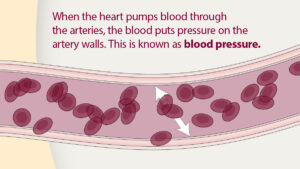Pathophysiology
- Primary response is chronic inflammation from exposure to allergens or irritants
- Leading to airway bronchoconstriction, hyper-responsiveness, and edema of airways
- Exposure to allergens or irritants initiates inflammatory cascade
- Inflammatory mediators cause early-phase response
- Vascular congestion
- Edema formation
- Production of thick, tenacious mucus
- Bronchial muscle spasm
- Thickening of airway walls
- Early-phase response
- As the inflammatory process begins, mast cells (found beneath the basement membrane of the bronchial wall) degranulate and release multiple inflammatory mediators.
- IgE antibodies are linked to mast cells, and the allergen cross-links the IgE.
- Inflammatory mediators such as leukotrienes, histamine, cytokines, prostaglandins, and nitric oxide are released.
- Some inflammatory mediators have effects on the
- Blood vessels, causing vasodilation and increasing capillary permeability (runny nose)
- Nerve cells causing itching
- Smooth muscle cells causing bronchial spasms and airway narrowing
- Goblet cells causing mucus production
- As the inflammatory process begins, mast cells (found beneath the basement membrane of the bronchial wall) degranulate and release multiple inflammatory mediators.
- Late-phase response
- Occurs within 4 to 6 hours after initial attack
- Occurs in about 50% of patients
- Can be more severe than early phase and can last for 24 hours or longer
- If airway inflammation is not treated or does not resolve, it may lead to irreversible lung damage
- Structural changes in the bronchial wall known as remodeling




